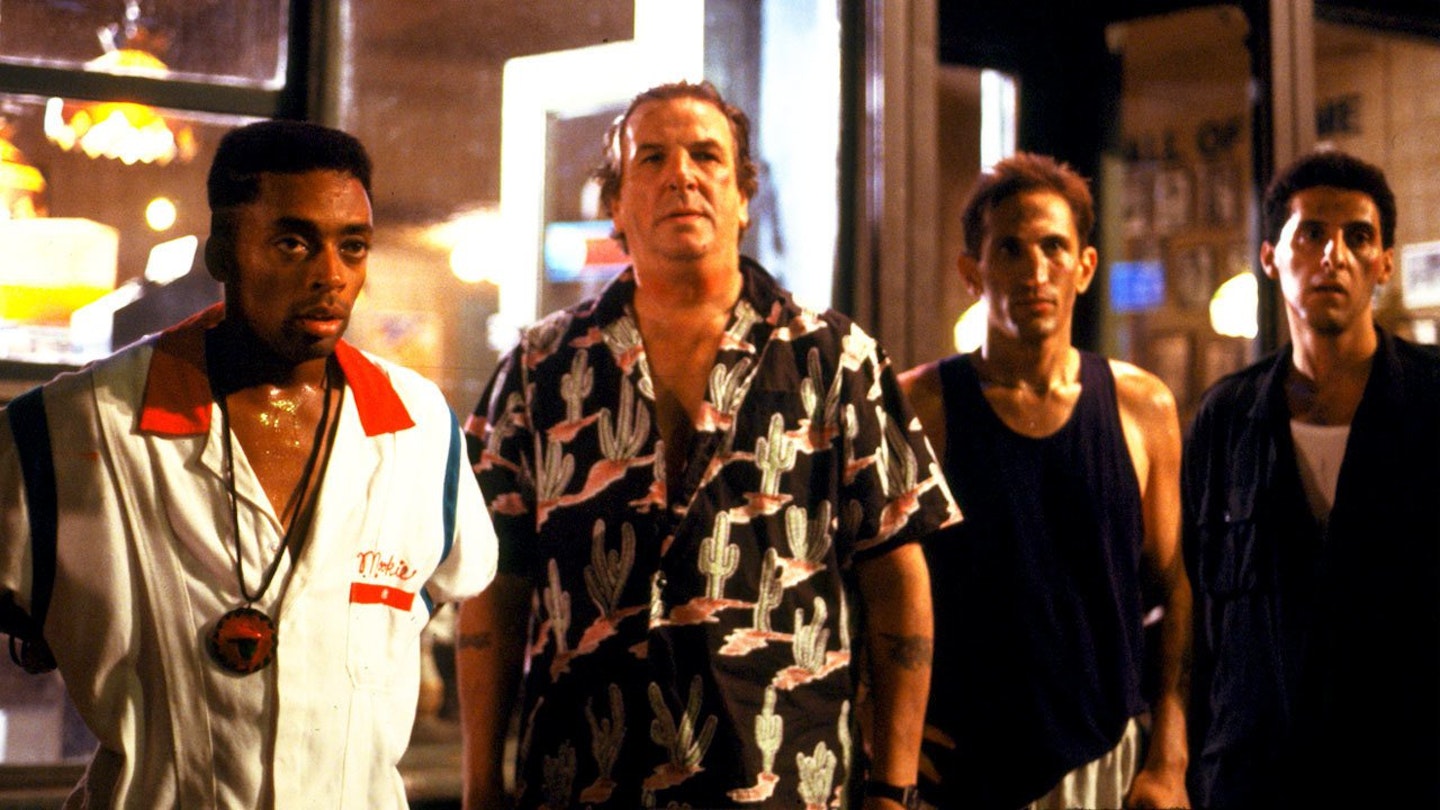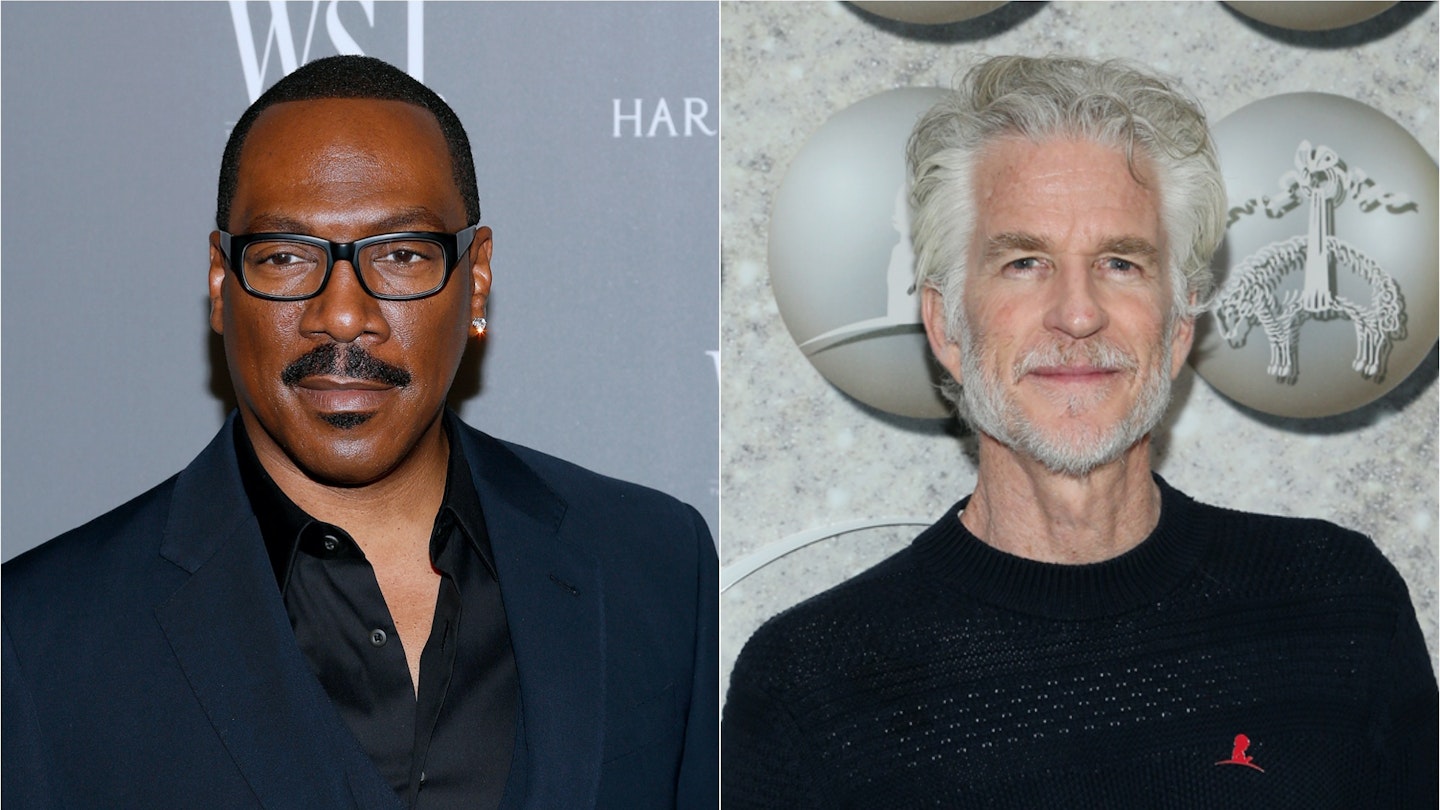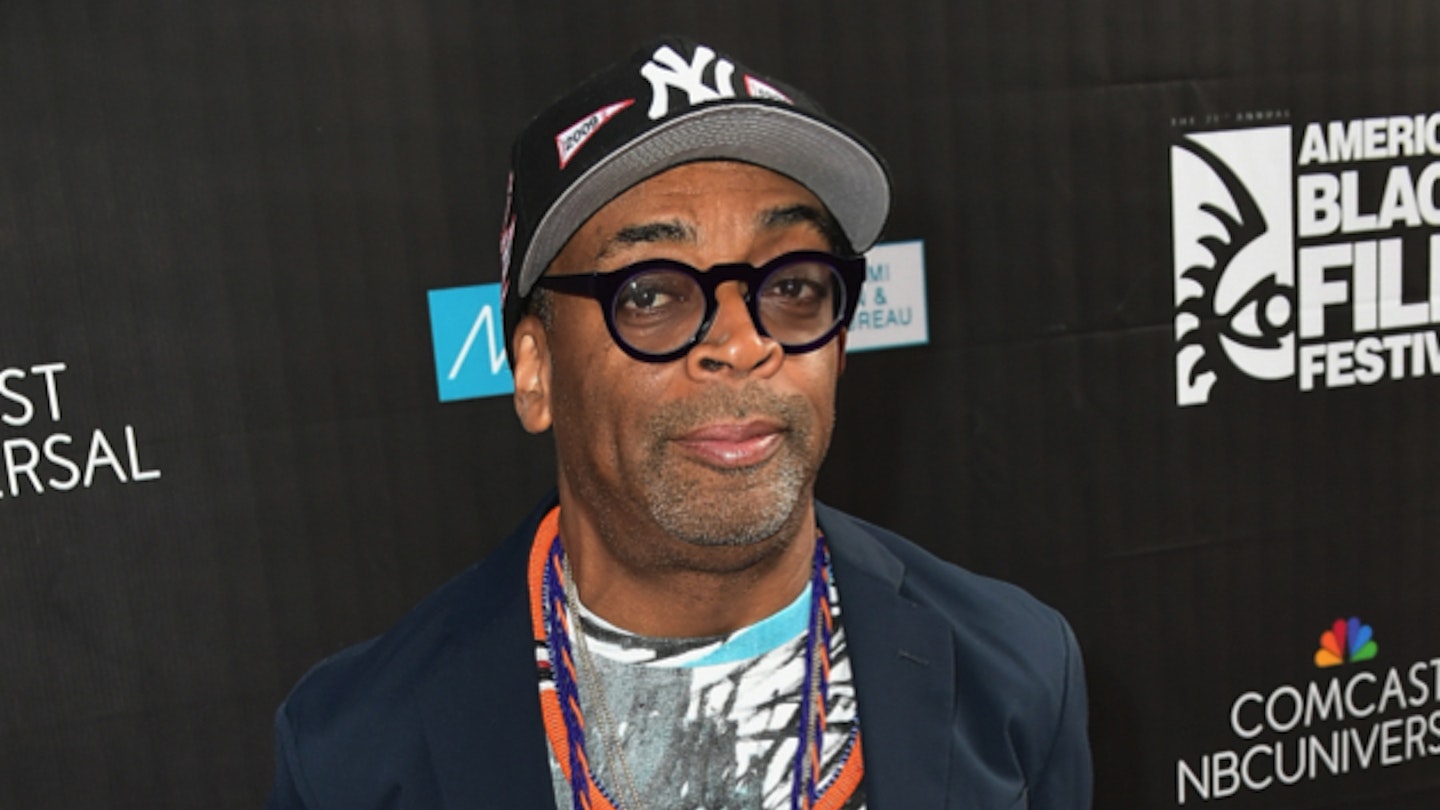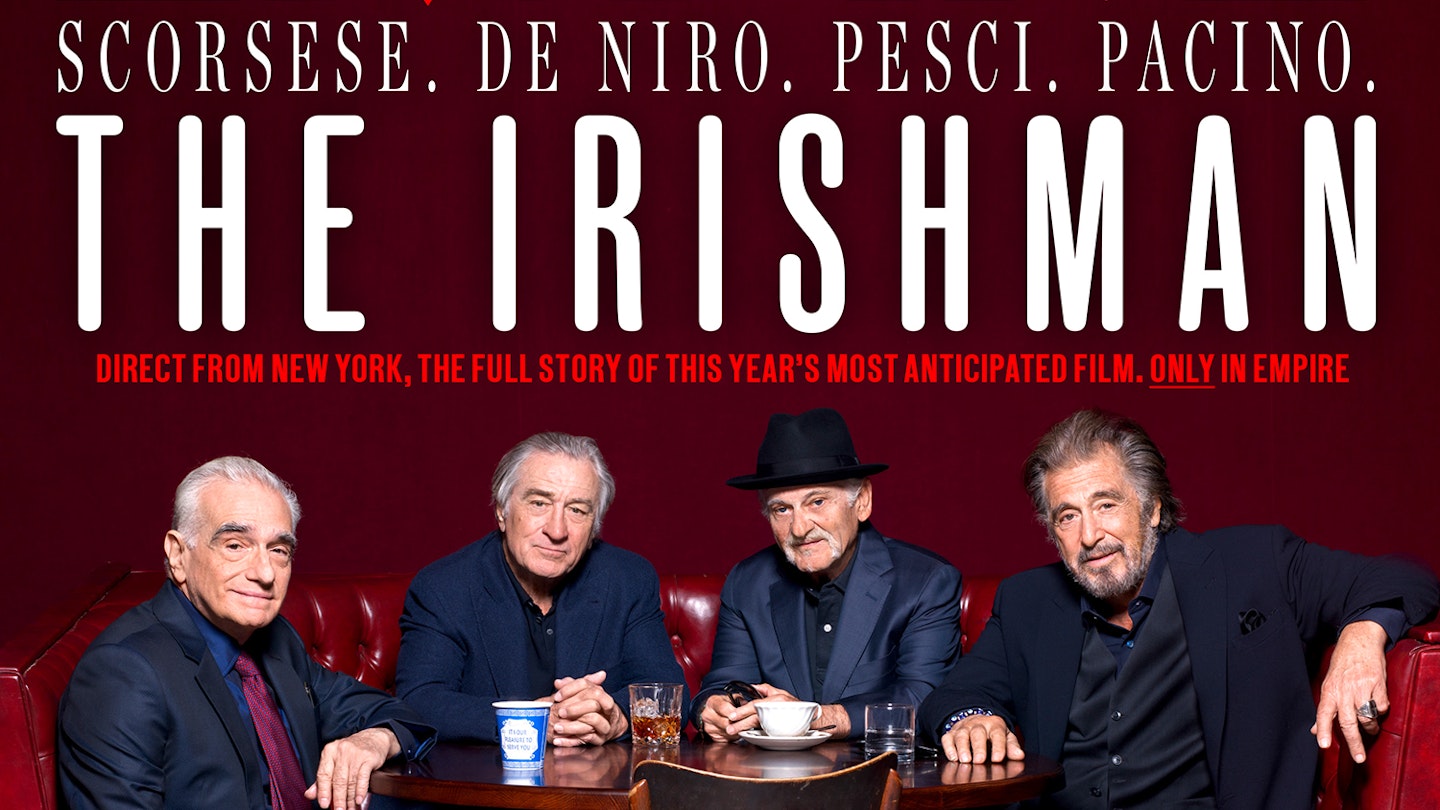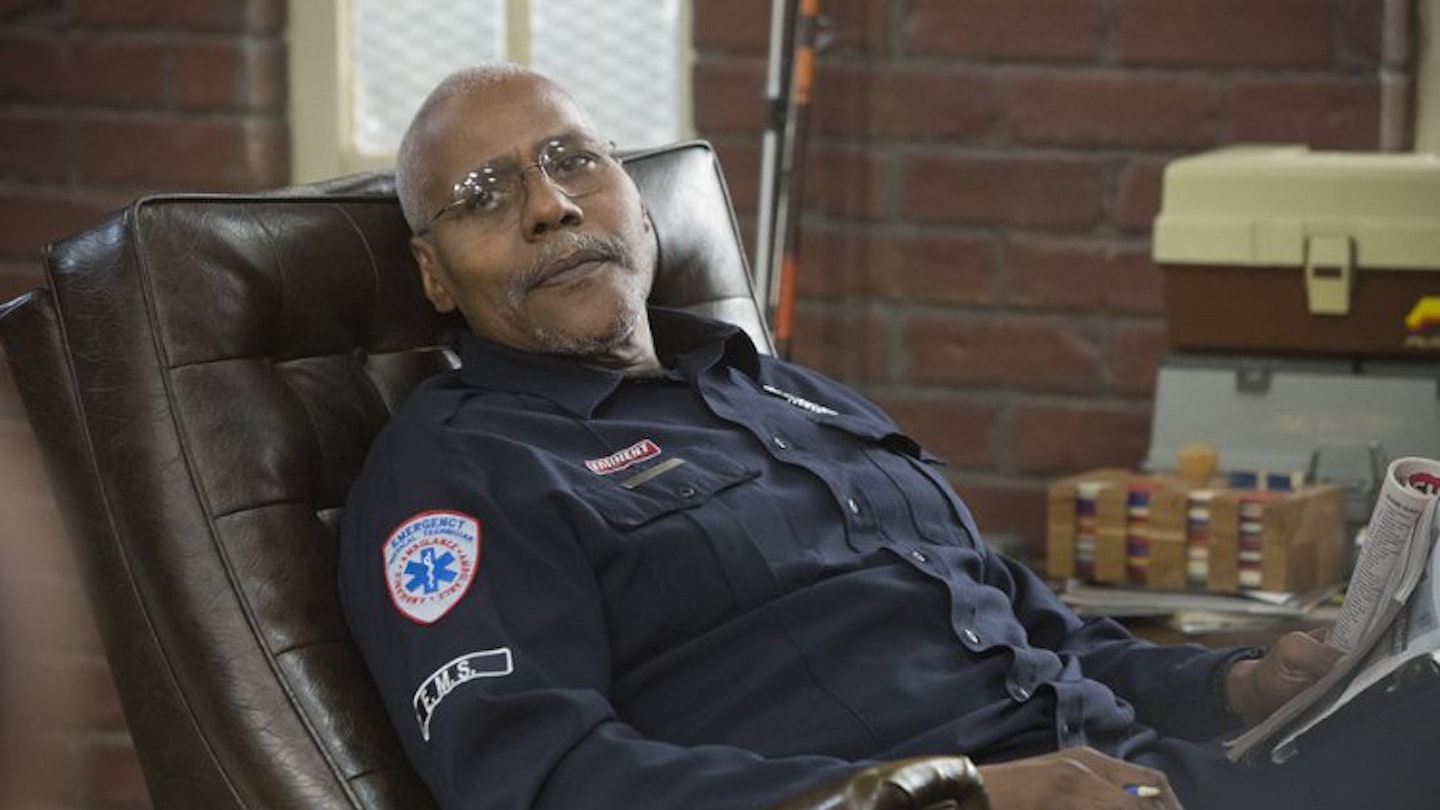One sweltering New York day the residents of a block in a black area take to the street, some having more on their minds than enjoying the weekend sunshine. Black activist Buggin' Out seeks to raise awareness; Raheem (Nunn) stalks the street blasting Public Enemy from a massive hi-fi; while Mookie (Lee) delivers for Sal's Famous Pizzeriaowned and run by Aiello and his two sons. The restaurant has been a neighbourhood focal point for 25 years. People drift in and out in buoyant humour until Buggin' Out notes the lack of black faces among the Italian-American celebrities on Sal's Wall Of Fame.
Unsurprisingly his call for a boycott by the folk who "grew up on Sal's pizza's" goes unheeded and life goes on. Mookie skives, amiable drunk Da Mayor (Davies) elegantly courts the block's matriarch, three old boys set patio furniture on the corner and lie about the "ass kickings" they once gave a local lad called Mike Tyson and a fire hydrant provides an impromptu wet tee shirt contest. But there's palpable tension back at Sal's: son Tino is openly racist, the police are casually so, Buggin' Out is on a crusade, stuttering retard Smiley is becoming more persistent with the Xeroxed snaps of Dr King and Malcolm X that he habitually touts and Raheem's radio is getting louder and louder. When the latter three team up, it leads to disaster for Sal and a fatality for the neighbourhood.
As before, Lee's acute observation distils humour from accuracy rather than caricature but his growth as a filmmaker is impressive. He subtly steps up the pressure, releasing it after each incident and then returning to it at an elevated level and as the mood changes and the good-natured crowd turn into a rampaging mob, sympathies are pulled in several directions. The finale debunks the we-all-live-in-harmony myth by bluntly stating that much as most people oppose racism, if you push anybody too far they tend to choose sides. This might not sit comfortably with much of the potential audience, but both factions emerge with equal dignity and blame, and it's the only honest view Lee could have taken.
